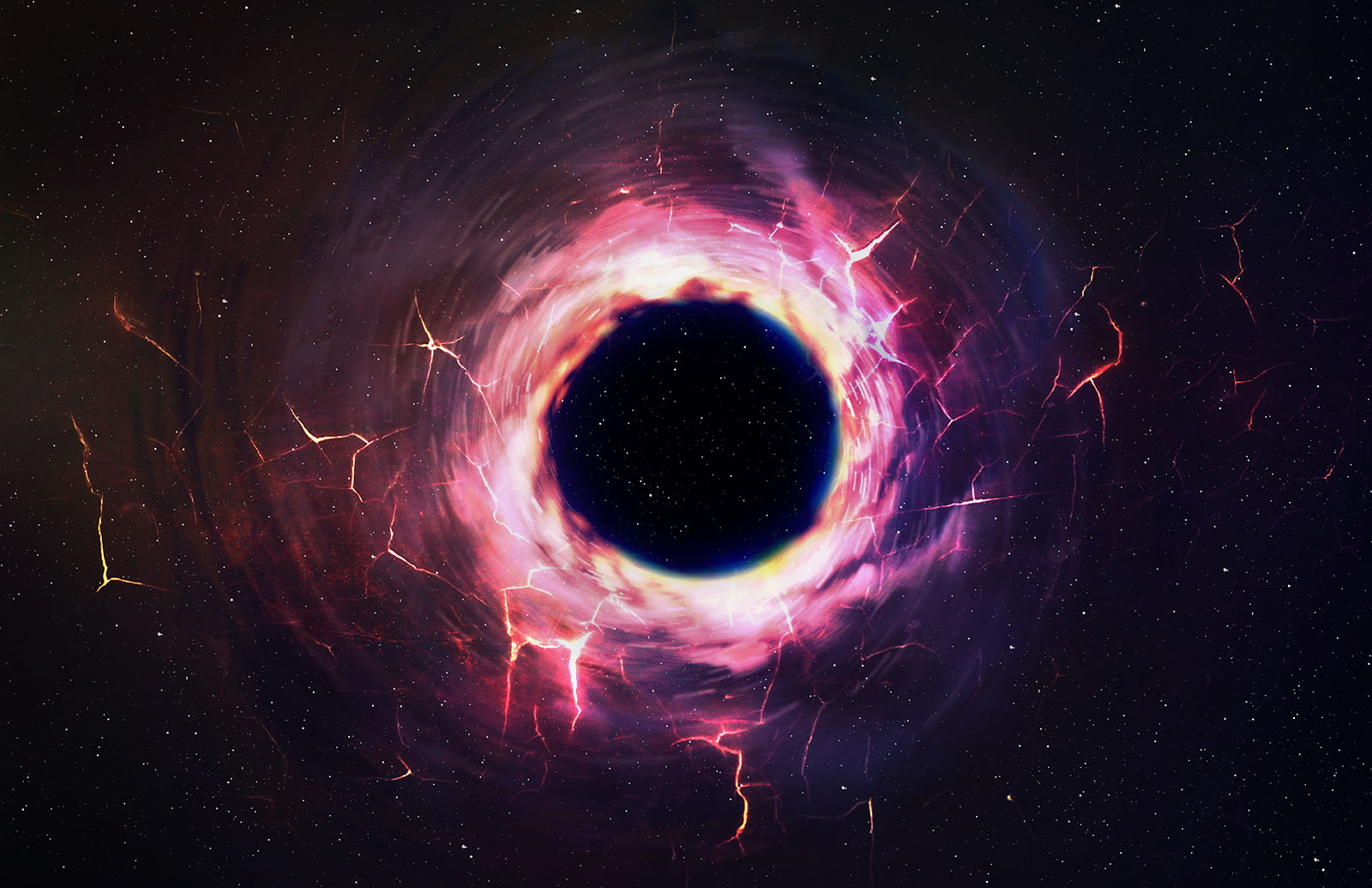The supermassive black hole at the center of our galaxy may not be sleeping, after all.
Previously, scientists believed that the supermassive black hole at the center of the Milky Way was a sleeping giant. It would periodically awaken to devour any star of gas clouds that fell into it. It would then release radiation and particles into space in a long plume or jet of energy.
The supermassive black hole at the center of our galaxy is leaking

Scientists believe that the biggest outburst from the black hole came around two million years ago. However, new evidence has been found that the outburst could still be active.
The Hubble telescope has discovered circumstantial evidence that the black hole is still smoldering after the outburst two million years ago. Astronomers are currently investigating the data that Hubble has found. That data includes a photograph of a bright knot of gas that Hubble captured around 15 light-years away from the black hole. Based on the information, an invisible plume appears to have impacted the gas.
Hubble hasn’t managed to telescope the jet just yet, so NASA is referring to it as a “phantom jet”. However, based on the evidence, scientists believe that it could be a blowtorch-like plume of energy that dates back several thousand years.
Studying the leak

Several researchers have been digging into leak, and recently published a study of it in the Astrophysical Journal. In it, Gerard Cecil, one of the study’s authors, wrote that “the central black hole is dynamically variable and is currently powered down.” (via SciTechDaily) Cecil inspected multi-wavelength observations by looking at pieces of data that several different telescopes captured. Through his findings, he believes that the black hole burps out mini jets every time that it swallows something.
The things that the supermassive black hole swallows can be as minuscule as a cloud of gas. Or they can be as large as a star. Cecil says that right now the plume is simply the remnants of a previous outburst. However, in the future, we could see a larger outburst that spreads the jet even further out than it already is. If that happens, the black hole will release even more particles and radiation into space.
In the meantime, scientists like Cecil are studying similar galaxies we’ve discovered beyond the edge of the Milky Way to learn more about how supermassive black holes work. And, how they might affect the galaxies that have built up around them.








